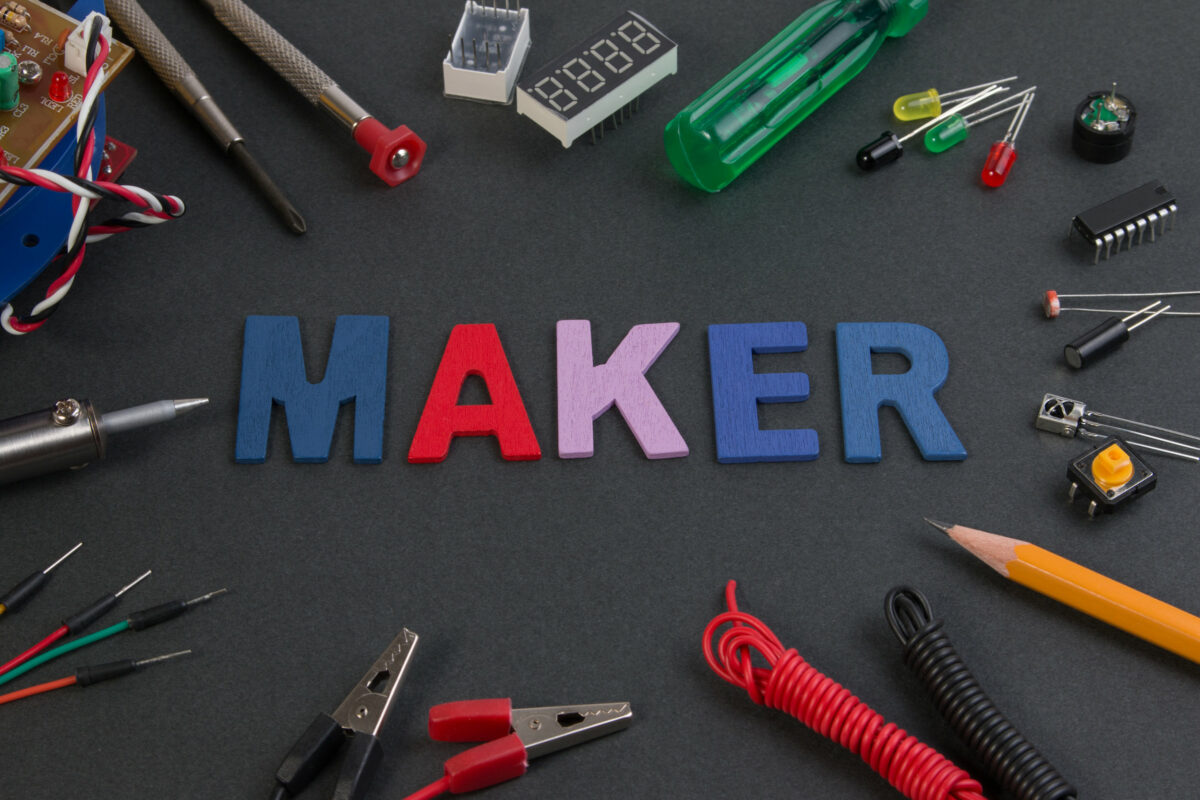


In doing this, maker activists often need to look no farther for intelligence than to the people who encourage pride in locally made goods or who run local makerspaces. They should map the local maker scene, survey relevant people and organizations, and then analyze the ecosystem looking for gaps and problems that require action. Given that, local stewards should understand what exists before proceeding. The most robust ecosystems start out in self-organized fashion only later do more intentional initiatives make sense. What is true of industry clusters is true of the Maker Movement. To help with that, here are five ideas for getting started: Start organically Federal cash, tax credits, and convening capacity could all make a huge difference to cash-strapped networks of civic entrepreneurs.īut even without such support, local leaders should take matters into their own hands and come together-city by city, community by community-to help build a new industrial resurgence that links local ingenuity to genuine economic development. Ideally, the incoming Trump administration will see fit to foster this authentically American, red-blue movement with, for example, modest competitive grants to support local maker activity and expand interactions between makers and larger-scale commercial manufacturers. In addition, the movement is proving that anyone can be a maker and that genuine progress on the nation’s most pressing problems can be made from the bottom up by do-it-yourselfers, entrepreneurs, committed artisans, students, and civic leaders through what our colleague Bruce Katz calls “ new localism.” That’s both empowering and a quintessentially American story, one that de Tocqueville would immediately recognize, and that Donald Trump might even like.Īnd so it’s time for the nation-and especially its local business leaders, mayors, hobbyists, organizers, universities, and community colleges-to embrace the do-it-yourself spirit of the makers and start hacking the new industrial revolution one town at a time. Long to short, the story here is that the Maker Movement isn’t just about reviving manufacturing in cities (though it is doing that).

Two years ago, 100 mayors signed a Mayors Maker Challenge to bolster making in their communities, and now, the just-published book “ Maker City: A Practical Guide to Reinventing Our Cities” reports how these strategies are working across the nation.

More broadly, there is momentum on the ground, both in large cities and small ones, located in both red and blue America, and there is much success to share. The movement has emerged as a significant source of experiential learning and skills-building, as well as creativity for the nation’s innovation-driven manufacturing sector. The makers’ locally-grown enterprises are expanding beyond their artisanal and hobbyist roots to create true business value. A designer works on a restaurant sign at TechShop in the South of Market neighborhood in San Francisco, California. That approach would embrace the Maker Movement as a deeply American source of decentralized creativity for rebuilding America’s thinning manufacturing ecosystems.Īn authentic social movement of hackers and tinkerers, the Maker Movement has grown increasingly consequential in recent years as a new generation of designers and entrepreneurs has employed online tools, 3-D printing, and other new technologies to “democratize” manufacturing and reinvigorate small-batch production and sales. However, there is another way to think about touching off an industrial revival in America that brings back economic growth, opportunity, and decent jobs for blue-collar workers. How will the nation achieve that renaissance, though? If past is prologue, the Trump administration will lean on high-profile tweets and one-off job-retention deals combined with moves to renegotiate some trade deals to give U.S. Co-author - "Maker City: A Practical guide for Reinventing Our Cities"įounder - Gray Area Foundation for the Arts & City Innovate Foundation


 0 kommentar(er)
0 kommentar(er)
